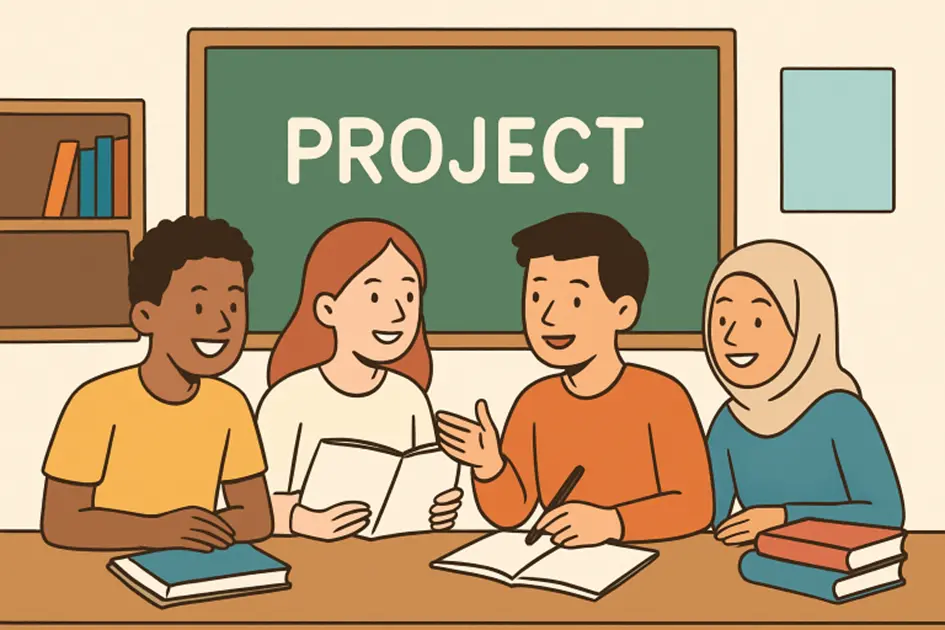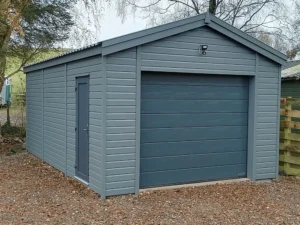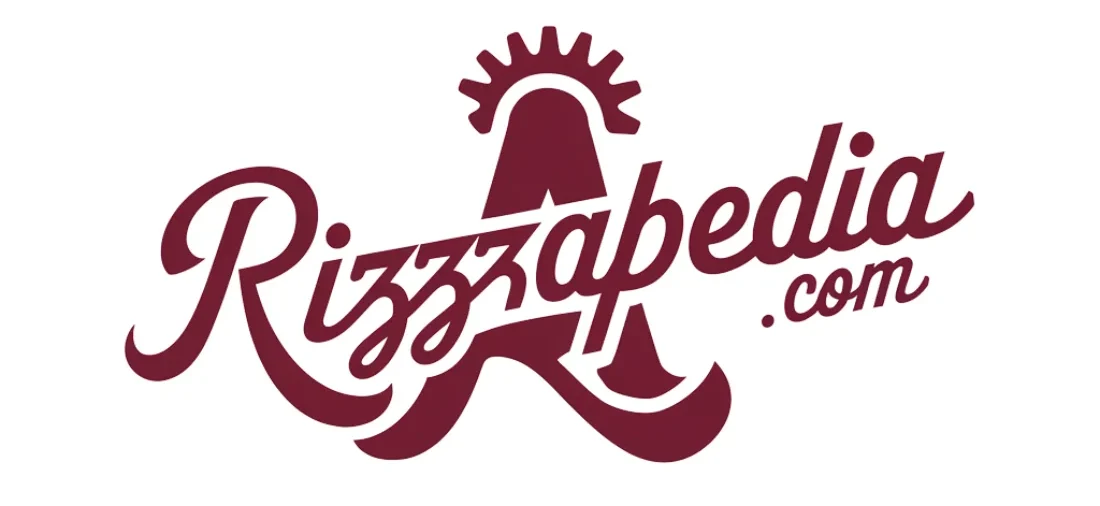Why Teamwork Matters In Education
Teamwork in the classroom is a foundational element of modern education, fostering growth in academic, social, and emotional domains. When students participate in classroom group activities, they learn how to communicate effectively, practice problem-solving strategies, and value each other’s perspectives. These skills not only bolster academic achievement but also empower students to navigate real-world scenarios with confidence and empathy. Recent educational approaches emphasize collaboration as a key driver of student engagement. By engaging in collaborative projects, students build trust and respect, gain exposure to new ideas, and develop the flexibility required to thrive in diverse settings. Group activities encourage active participation and help students see the value in working alongside others to accomplish common goals.
Creative Group Activity Ideas for Any Age
Effective group work doesn’t always demand extensive resources or elaborate planning. Classic techniques such as “think-pair-share” offer opportunities for all voices to be heard, while hands-on activities like group murals, science experiments, or collaborative storytelling unlock creativity. For middle and high school students, activities like mock trials, design thinking challenges, or coding sprints can transform the classroom into a dynamic, interactive space. Flexible options ensure that classroom group activities can be tailored to suit any grade or subject. History classes come alive through reenactments, literature courses benefit from small group discussions or literary circles, and STEM subjects thrive when students co-create models or tackle engineering problems as a team. For further inspiration, Edutopia offers tips and examples on fostering successful collaborative work among students.
Different classrooms have unique needs, shaped by students’ ages, learning preferences, and cultural backgrounds. In early childhood settings, simple projects like building with blocks or round-robin storytelling can create a safe, cooperative atmosphere. For older students, debate formats, peer editing sessions, or collaborative digital projects engage critical thinking and harness varied skillsets. Teachers should consider rotating group roles, mixing student groupings, and offering activity choices to maximize inclusivity and motivation. Adapting activities might involve providing sentence starters for English language learners or offering challenge extensions to advanced students. The goal is to meet every learner where they are, ensuring equal opportunities for participation and success.
Encouraging Inclusive Participation
A key to effective group work is ensuring every student feels seen and heard. Establishing group norms—such as listening without interrupting and rotating roles—lays the groundwork for inclusive dialogue. Assigning specific roles (note-taker, timekeeper, summarizer) helps quieter students find their voice, while also keeping assertive personalities from dominating activities. Teachers can further promote equity by using anonymous feedback or reflection forms to gauge participation and perception. These tools uncover barriers to inclusion and provide data for adjusting group structures or strategies in future activities. When managed proactively, group work becomes a vehicle for building a culture where every student can thrive.
Measuring Success In Collaborative Learning
Assessing the effectiveness of group activities demands more than evaluating the final product. Teachers should look at process-focused indicators: Are students actively listening? Are they challenging each other’s ideas constructively? Performance rubrics, peer assessments, and student self-reflection all contribute to a holistic evaluation strategy. Combining teacher observations with peer and self-assessments can illuminate group dynamics and individual contributions. Using qualitative and quantitative measures gives a fuller picture of each student’s collaborative growth.
Research Supporting Group Work Benefits
Academic literature supports the educational benefits of group activities. The American Psychological Association highlights that students involved in collaborative learning exhibit improved academic performance, higher retention rates, and stronger interpersonal relationships. Research also points to increases in student motivation and engagement when group dynamics are positive and well-facilitated. Beyond academics, group work nurtures social and emotional learning by encouraging empathy, adaptability, and conflict resolution skills. When students experience authentic collaboration, they develop a toolkit relevant for success in education and the workplace.
Tips For Facilitating Engaging Group Activities
- Keep group work relevant to students’ lives and interests, increasing investment and enthusiasm.
- Adjust group sizes to fit task complexity—smaller groups for in-depth analysis, larger groups for brainstorming or design challenges.
- Provide clear instructions, structured timelines, and check-in points to ensure everyone understands expectations.
- Design groups intentionally to balance skill levels, strengths, and needs among students.
- Utilize collaborative technology platforms for remote or hybrid classes, enabling seamless cooperation and sharing of ideas.
Fostering Long-Term Teamwork Skills
Creating a classroom culture that values teamwork equips students with skills that serve them well beyond school. Reinforcing respectful communication, adaptability, and a growth mindset helps students appreciate collaboration as a lifelong resource. Teachers can foster these habits by celebrating group successes, modeling effective team behaviors, and embedding collaborative activities across the curriculum.
Over time, students come to understand that the aim of group work isn’t simply dividing the workload, but pooling strengths and talents for greater collective achievement. With consistent support and practice, teamwork transforms from an assignment requirement into a vital, transferable skill that prepares learners for future academic, social, and professional success.
Conclusion
Teamwork in education goes beyond classroom projects—it builds the foundation for lifelong success. From boosting academic achievement to strengthening communication, empathy, and problem-solving skills, collaborative learning shapes well-rounded individuals ready to thrive in diverse environments. By thoughtfully implementing group activities, fostering inclusivity, and celebrating shared progress, educators can ensure that teamwork remains not just a teaching strategy but a powerful pathway to preparing students for the challenges and opportunities of the future.
Also read-Where Devotion Meets Design: Crafting Home Temples That Last Generations










